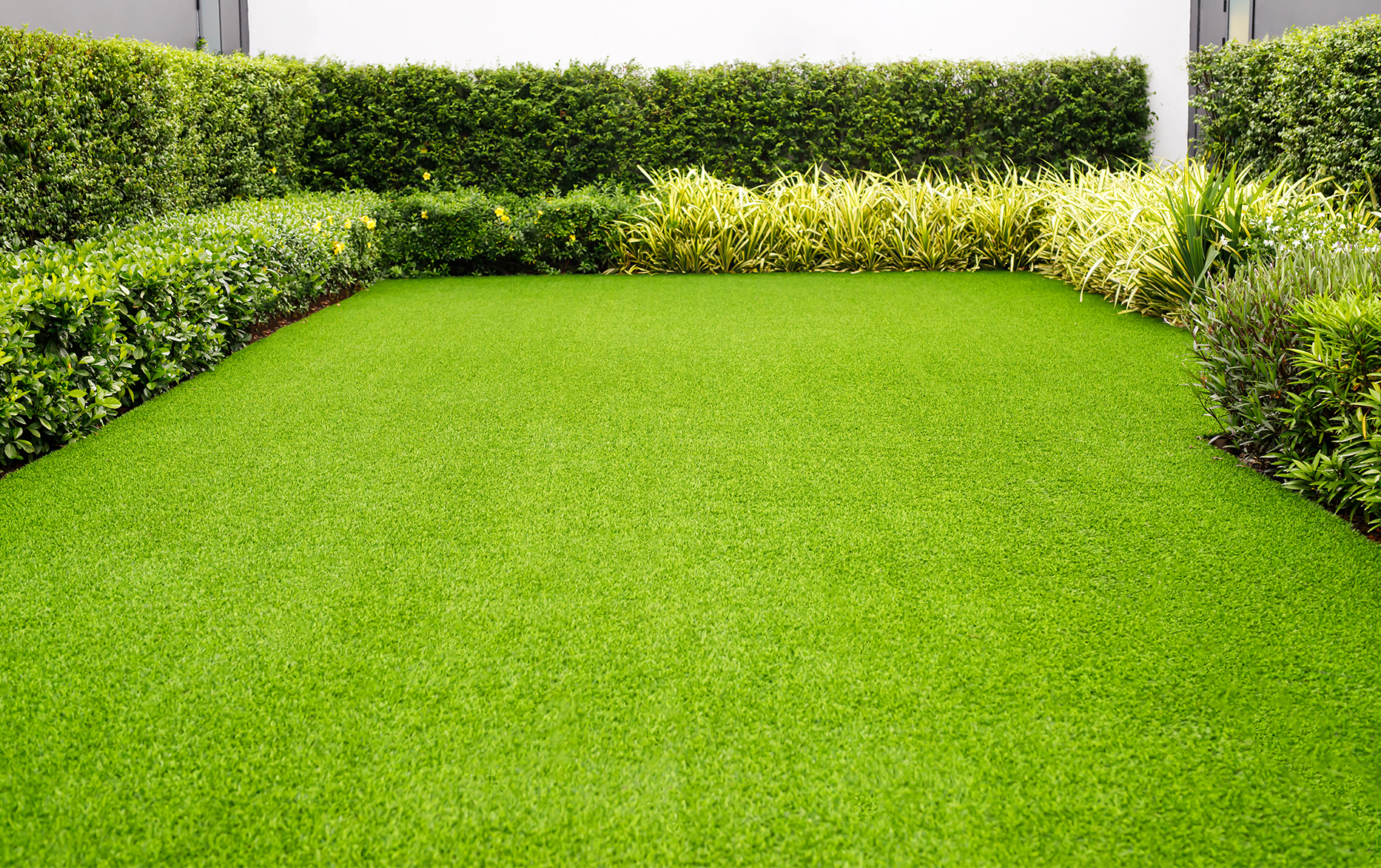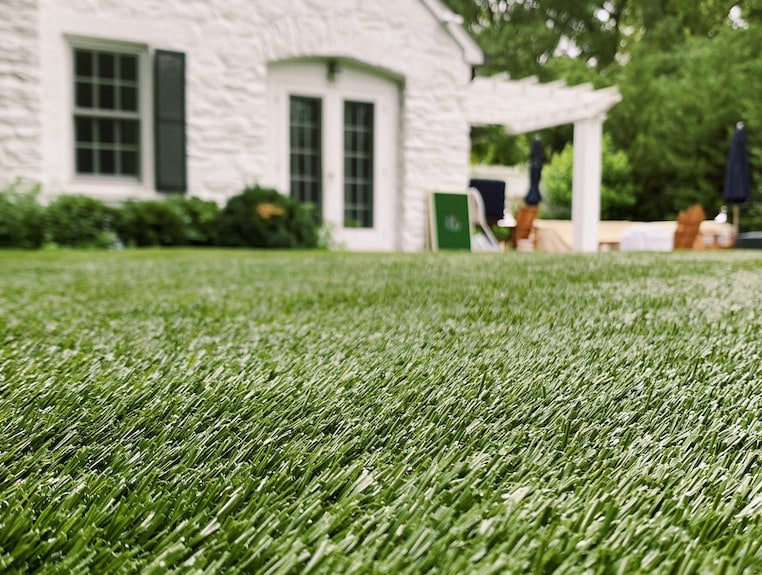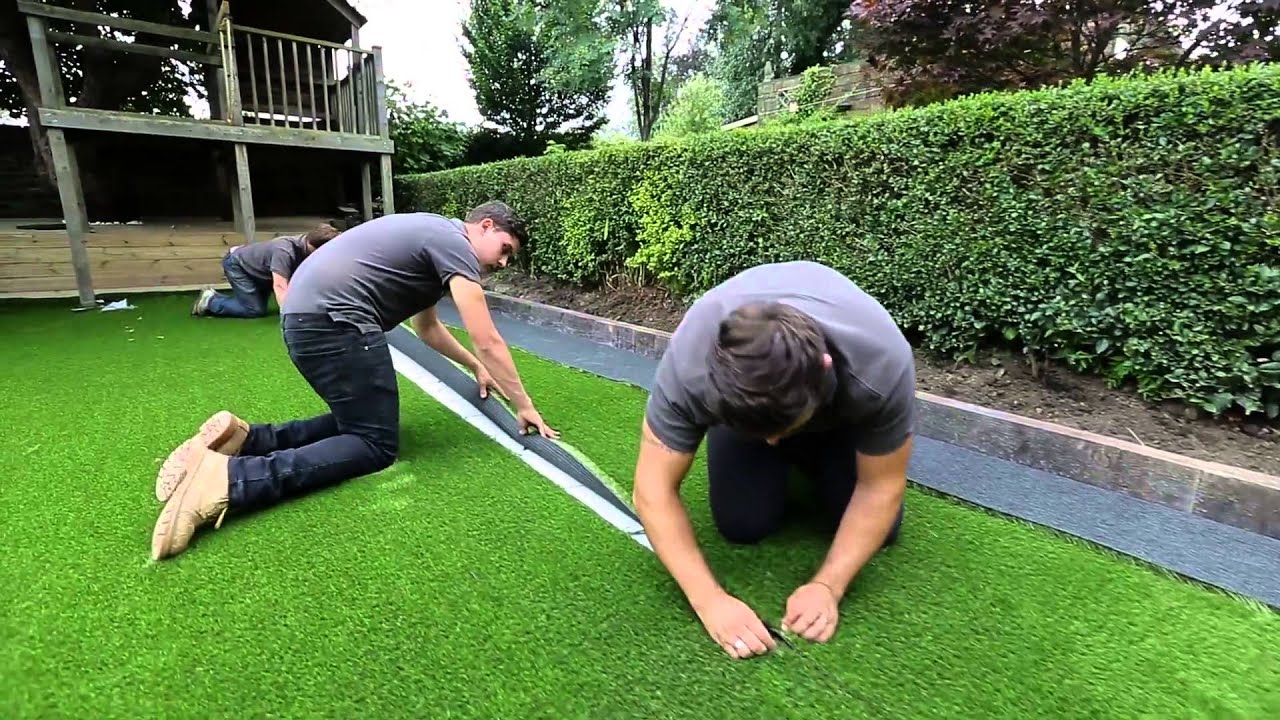Tailored Turf Installation Phoenix AZ for Homes, Businesses, and Play Areas
Delve Into the Environmental Benefits of Opting for Artificial Grass Solutions
The fostering of artificial lawn solutions presents an engaging chance to resolve pushing environmental obstacles. By considerably decreasing water usage and reducing the application of dangerous chemicals, these alternatives not just promote lasting landscaping however also shield neighborhood environments.
Water Conservation Advantages
One of the most substantial advantages of artificial turf is its ability to preserve water. In comparison, fabricated grass does not require watering, substantially lowering the overall demand for water sources.
By eliminating the demand for regular watering, synthetic grass contributes to sustainable landscape methods and assists minimize the ecological impact of too much water usage. The preservation of water expands to the decrease of overflow, which can lead to dirt disintegration and river pollution.
Additionally, the setup of synthetic turf enables communities and home owners to assign water resources extra successfully, concentrating on essential usages such as drinking water and agriculture. The change in the direction of man-made turf not just advertises liable water use yet also straightens with broader ecological objectives focused on preserving all-natural sources.
As areas significantly prioritize sustainability, the water conservation benefits of artificial lawn offer a compelling situation for its fostering in residential and industrial landscape design jobs.
Lowered Chemical Use
The transition to synthetic grass substantially decreases the dependence on chemical treatments commonly used in all-natural lawn upkeep. Traditional grass management commonly includes the application of plant foods, pesticides, and herbicides to promote growth and control insects. These chemicals can posture dangers to human health, neighborhood wildlife, and the atmosphere, adding to soil and water contamination.
On the other hand, fabricated grass removes the need for these damaging compounds. When mounted, it calls for very little maintenance, largely containing routine cleansing and occasional infill replenishment. This decrease in chemical use not only profits the prompt setting yet likewise contributes to wider ecological stability. By reducing the launch of synthetic substances right into the environment, synthetic grass promotes healthier dirt and water systems.
Moreover, the absence of chemical drainage related to synthetic grass setups aids protect neighborhood waterways from contamination, supporting water life and keeping biodiversity. Phoenix turf companies. As neighborhoods increasingly focus on sustainable practices, choosing man-made turf provides a practical solution that aligns with ecological conservation objectives. Through this shift, homeowner can delight in lavish eco-friendly areas without jeopardizing eco-friendly wellness, paving the way for a more sustainable future
Lower Carbon Impact

In addition, the installment of synthetic grass can lead to considerable water preservation. Natural grass require considerable amounts of water for irrigation, which not only contributes to the carbon impact connected with water removal and treatment yet likewise pressures regional water resources. On the other hand, man-made lawn requires marginal upkeep, requiring no watering, thereby substantially reducing water usage and its associated energy expenses.
In addition, the durability of synthetic grass adds to its decreased carbon impact. With a life expectancy of up to 15 years or even more, the need for frequent substitutes is diminished, leading to much less waste and lower energy usage in manufacturing and dealing with conventional yard choices. Overall, synthetic grass provides a lasting choice for ecologically conscious landscape design.
Habitat Preservation
Habitat conservation is an essential factor to consider in read this article the discussion over landscape design options, particularly when contrasting artificial lawn to natural lawn. All-natural lawn yards commonly require comprehensive maintenance, consisting of making use of herbicides, chemicals, and fertilizers, which can detrimentally impact local communities. These chemicals can leach into the soil and waterways, harming native plants and fauna and disrupting local habitats.
In comparison, artificial grass provides an opportunity to lower the environmental impact of landscape design. By choosing artificial turf, homeowners can lessen the disruption of natural environments connected with conventional lawn treatment practices. Man-made grass gets rid of the demand for hazardous chemicals, thereby protecting nearby wildlife and maintaining the integrity of bordering communities. Moreover, the installment of synthetic grass can lead to the conversion of previous lawn areas right into even more biodiverse landscapes, such as pollinator yards or indigenous plant locations, which can support local wild animals.
Eventually, the transition to synthetic grass not only preserves water and reduces maintenance efforts however also cultivates a much more unified partnership between human activities and the native environment, promoting environment preservation in the procedure.
Long-Term Sustainability
Lasting sustainability is a critical consider reviewing the benefits of fabricated grass over traditional grass yards. One of one of the most substantial advantages of synthetic grass is its longevity; it can last approximately 15-20 years with marginal maintenance, whereas all-natural turf calls for frequent reseeding and substitute. This longevity decreases the requirement for constant sources, such as water, fertilizers, and chemicals, which are essential for maintaining a healthy yard lawn.
In addition, synthetic grass adds to a decrease in carbon emissions associated with yard care tools. Conventional grass find here often call for gas-powered mowers, leaners, and blowers, all of which add to air pollution. Phoenix turf companies. In comparison, synthetic grass removes the demand for such devices, advertising a cleaner environment
Additionally, the manufacturing of synthetic grass significantly uses recycled materials, boosting its sustainability account. As producers adopt green practices, the environmental footprint of artificial turf remains to decrease.

Conclusion
The fostering of fabricated lawn services presents considerable ecological advantages, consisting of considerable water preservation, lowered reliance on hazardous chemicals, and a lower carbon impact. In addition, synthetic grass aids in protecting all-natural habitats by lessening land disruption and promoting long-term sustainability via making use of resilient materials. Jointly, these factors emphasize the capacity of artificial turf to add favorably to ecological health and provide a practical choice to typical landscaping methods in an increasingly resource-conscious world.
In comparison, synthetic grass does not need watering, significantly lowering the overall need for water resources. By reducing the launch of synthetic compounds into the environment, synthetic grass advertises healthier dirt and water systems.
Furthermore, the setup of fabricated lawn can result in considerable water conservation. In contrast, synthetic turf needs minimal upkeep, needing no watering, thereby considerably decreasing water usage and its associated energy costs.
